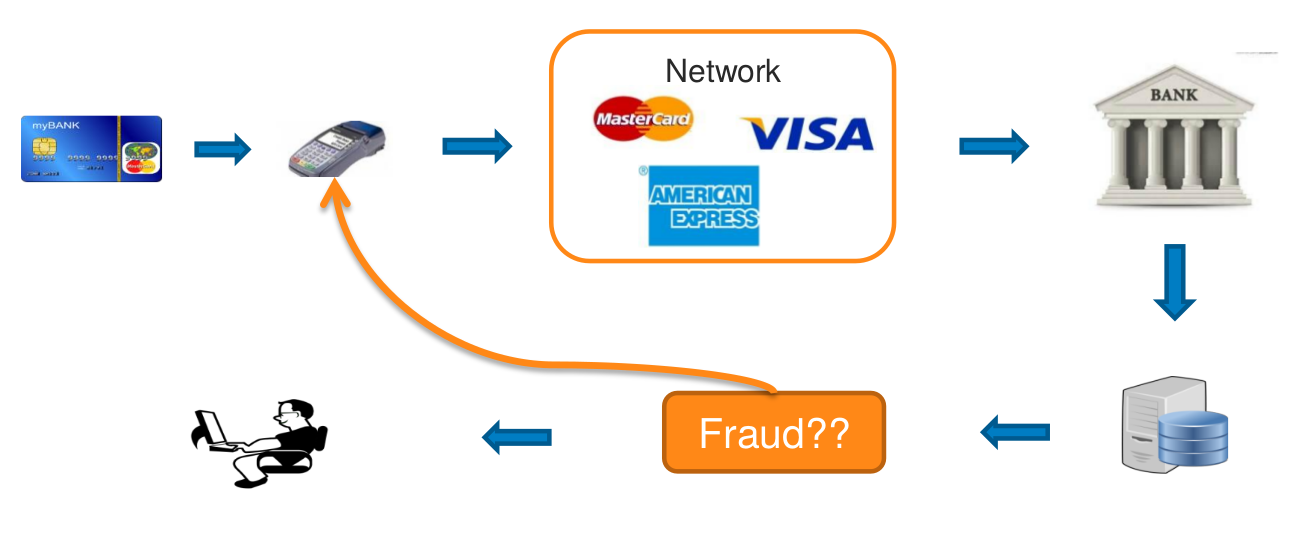Alejandro Correa Bahnsen, PhD
##
Data Scientist
##
#  #
#
#
#  #
# #
#
 #
# # #
| # # | ## al.bahnsen@gmail.com # |
| # # # # | # http://github.com/albahnsen # # |
| # # # | # http://linkedin.com/in/albahnsen # # |
| # # # | # @albahnsen # # |
 #
#  #
#  #
# | # # | ## al.bahnsen@gmail.com # |
| # # # # | # http://github.com/albahnsen # # |
| # # # | # http://linkedin.com/in/albahnsen # # |
| # # # | # @albahnsen # # |